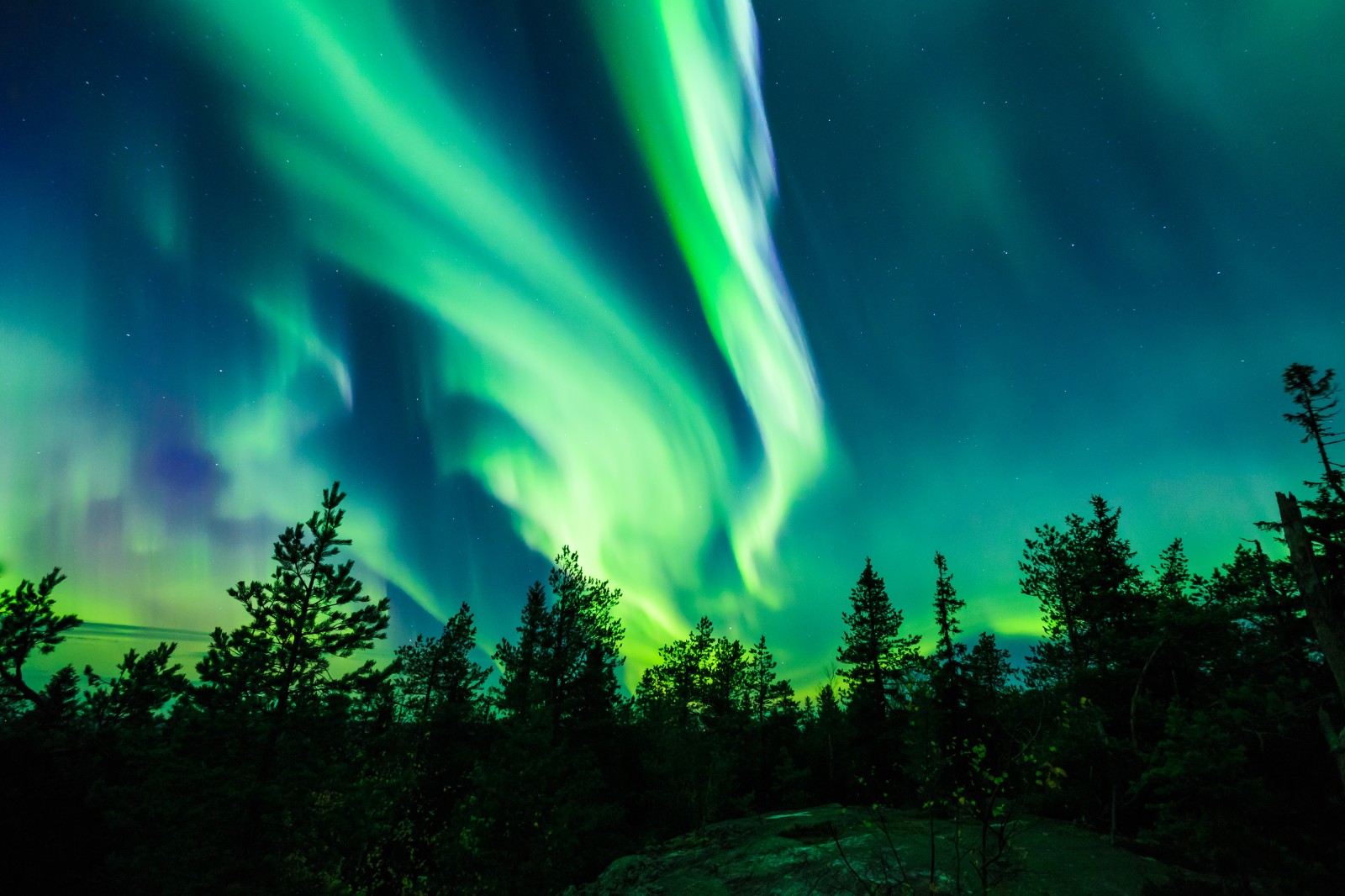
Heavy Rain, Flooding, and Chance of Severe Weather Staring Down the Southern U.S.
January 22, 2024
Posted: March 30, 2022 10:21 am





Have you always wanted to catch the Northern Lights but have not been able to do so? Two eruptions on the surface of the sun will make it possible for some areas of the U.S. to see the Aurora Borealis in all of its splendor.
On Monday, the National Oceanic and Atmospheric Administration (NOAA) discovered two eruptions picking up steam on the sun’s surface. These eruptions triggered the ejection of massive clouds of charged particles through the atmosphere. Known as coronal mass ejections (CMEs), these events are often a precursor to the Northern Lights being more visible.
NOAA’s Space Weather Prediction Center (SWPC) believes that the Earth is now in the path of these charged particles, making it likely that some parts of Canada and the northern tier of the U.S. may be in the path of an outbreak of the Aurora Borealis.
According to the SWPC, the second CME is moving through space at a faster clip, allowing it to merge with the first CME that was launched. This will lead to the formation of one large cloud of charged particles, predicted to arrive to Earth late Wednesday.
The Aurora Borealis forms when the charged particles coming from the CME arrive in the Earth’s magnetosphere. In the Northern Hemisphere, these lights are also known as the northern lights. The Southern Hemisphere refers to the jaw-dropping phenomenon as the Aurora Australis or the southern lights.
While they are beautiful to look at, the CMEs also come with the potential to impact GPS systems and satellites in space. However, the SWPC believes that the negative impacts from this week’s event will likely be minor.
Unfortunately for many of those hoping to catch this awe-inspiring show, cloudy conditions may hamper the visibility in many areas. When the skies are clear, you can typically expect to be able to have a chance to see these dancing lights in the Pacific Northwest, New England, the Great Lakes, and the northern Plains.
However, extensive cloud cover this week may mitigate these chances for many of the typical areas. The best odds to catch the lights will be throughout the bulk of Montana and northern Wyoming. There will be a fair chance of the clouds breaking enough to see the lights in Washington state, northern Idaho, and all but the far eastern portions of the Dakotas.
You will increase the chances that you see the aurora if you try to spot them in a dark area that is far removed from the light pollution of urban areas. Train your eyes on the northern horizon and wait for the show to begin.
The good news is that there may be more opportunities to view the northern lights if you miss them this week. While scientists say it is challenging to pinpoint when the eruptions will happen, they know that the odds increase with the size of each eruption. It is also known that the sun is getting ready to enter the cycle defined as the solar maximum, meaning that eruptions will be more common. The peak of this cycle is expected to happen in 2025, providing more chances in the next few years to see the lights.
If you need yet another reason to head out to gaze up at the night skies this week, consider making it a goal to catch the trio of Mars, Saturn, and Venus shining together just before sunrise on Thursday. While Venus has been stealing the show just before daybreak the last few weeks, the other two planets will align alongside Venus to create a tight formation of light.
You will see these three planets shining brightly together approximately one hour before sunrise on Thursday, March 31. The brightest of the trio will be Venus with Saturn positioned between the two planets and Mars shining on the right side of formation.
The celestial event will take place in the eastern skies all around the world. Unlike some astronomical events, you will not need a telescope to spot these beauties. If clouds obscure your view on Thursday morning, you will have a few more days to see these planets shining in close proximity. However, their position will be slightly different for each day as they migrate across the sky.

January 21, 2024

January 19, 2024

January 18, 2024